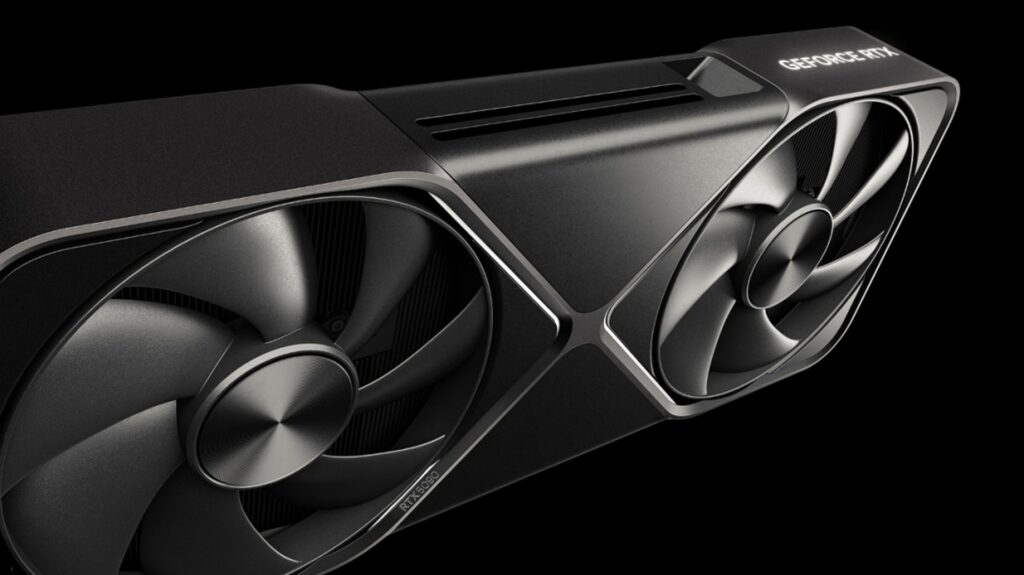Nvidia has seemingly disabled support for the 32-bit version of its PhysX feature on its recent GeForce RTX 50-series graphics cards. First spotted by Reddit user MrEWhite when trying to play Borderlands 2, which makes use of 32-bit PhysX, the user was unable to enable the setting through the game’s options.
Taking to Nvidia’s support forums, MrEWhite got a response from a member of the Nvidia staff, who clarified that 32-bit CUDA applications are being deprecated in the new series of graphics cards.
“32-bit compilation native and cross-compilation were removed from CUDA 12.0 and later Toolkit,” says Nvidia’s own support page about the matter. “32-bit CUDA applications cannot be developed or debugged using CUDA 12.0 or later toolkit for any target architecture. Use the CUDA Toolkit from earlier releases for 32-bit compilation.”
This means that older games will have features that don’t work with newer Nvidia graphics cards. The support page does note that support for 32-bit CUDA applications will continue for older graphics cards, from the last-gen GeForce RTX 40-series GPUs, all the way back to the GeForce GTX 9-series GPUs.
A comprehensive list of titles that will be affected by this change has been made by ResetEra user RandomlyRandom67, and includes games like Borderlands 2, Metro: Last Light, Mirror’s Edge, Batman: Arkham City, Bulletstorm, and Assassin’s Creed 4: Black Flag. It is worth noting that, while players won’t be able to make use of PhysX features in these titles, they will still be completely playable.
More modern games that make use of 64-bit CUDA-based PhysX will be unaffected by this deprecation, and games like Batman: Arkham Knight, which feature a modern implementation of PhysX will still be able to make use of the feature.
Nvidia recently launched its first major graphics cards of the recently-unveiled GeForce RTX 50-series. Priced at $1,999, the top-of-the-line RTX 5090 features 32 GB of GDDR7 VRAM, 1,792 GB/sec memory bandwidth, 21,760 CUDA cores, 680 fifth-generation Tensor cores, and 170 fourth-generation ray tracing cores.
Just under it is the RTX 5080, which offers 16 GB of GDDR7 VRAM and 960 GB/sec memory bandwidth. Nvidia claimed during its presentation back in January that the RTX 5080 is able to offer double the performance of its immediate predecessor, the RTX 4080, in games like Far Cry 6, Alan Wake 2, and Black Myth: Wukong.
Nvidia is also getting ready to launch its mid-range offerings in the RTX 50-series of GPUs: the GeForce RTX 5070 and the RTX 5070 Ti. Both of these GPUs are meant for 1440p gaming, and will offer close performance to each other, albeit with major differences in VRAM. Check out our coverage of the announcement for more details.
While the RTX 5090 and RTX 5080 have been out for a few days, just about any retailer selling the GPUs has been facing major stock shortages. Scalpers, on the other hand, have been able to get their hands on the new graphics cards and have been selling them for prices as high as $6,000.

 2 days ago
35
2 days ago
35








![Anime Reborn Units Tier List [RELEASE] (November 2024)](https://www.destructoid.com/wp-content/uploads/2024/11/anime-reborn-units-tier-list.jpg)
